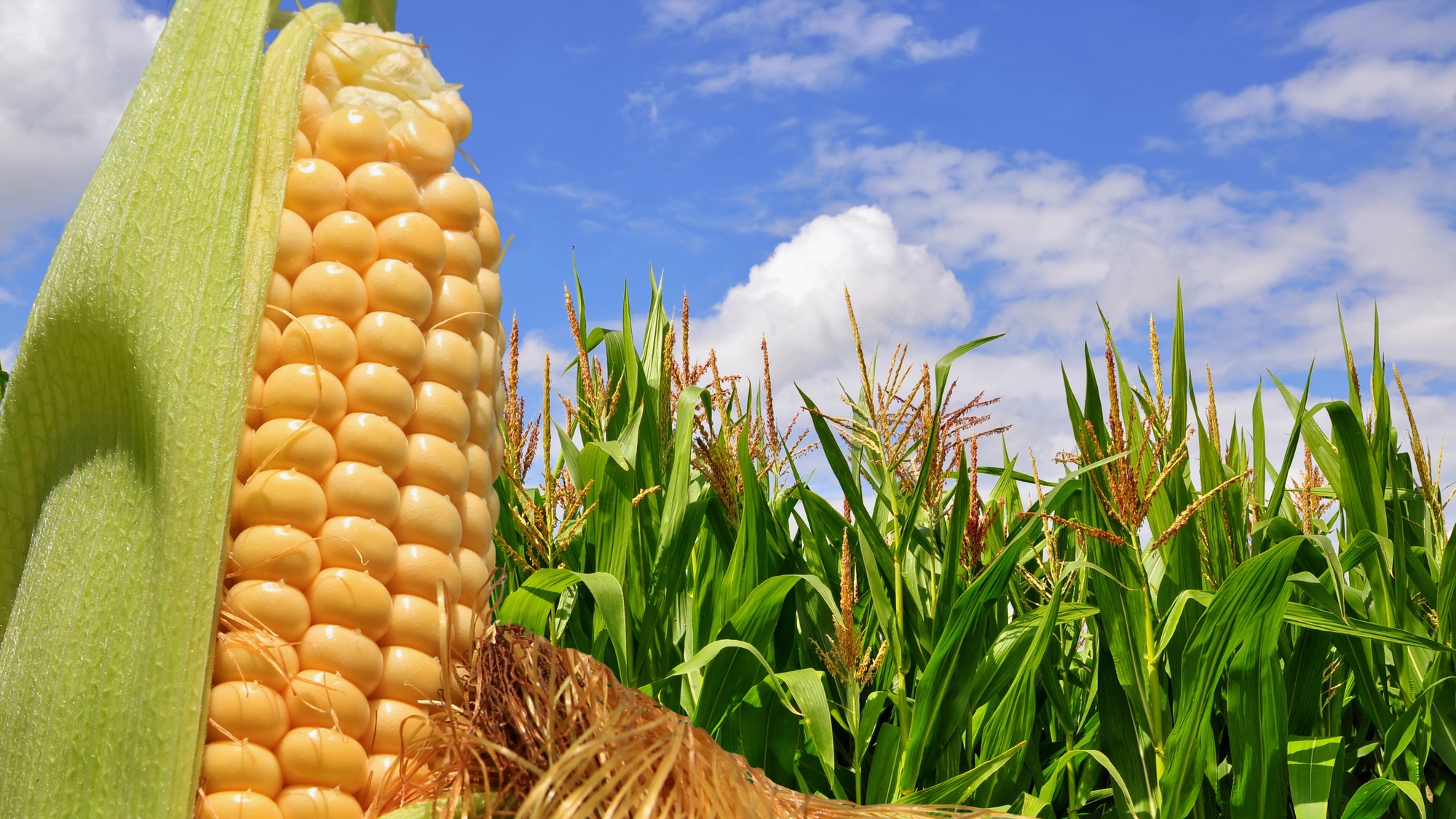Corn plants have a remarkable way of signaling distress when conditions become too crowded. Researchers at Zhejiang University in China discovered that maize, known scientifically as Zea mays, releases a gas called linalool to protect itself and neighboring crops from pests and diseases during high-density growth situations.
The study, published in the journal Science, examined how crowded corn fields influence the plants’ responses to threats, such as insects and microbes. The agricultural scientists conducted a series of experiments across various maize test fields, focusing on how the plants react when they sense limited space.
When maize plants find themselves in dense populations, they initiate a chemical response similar to adjusting their growth patterns to maximize sunlight capture. The researchers found that as plants felt the proximity of their neighbors, they emitted linalool, a terpene alcohol that is also present in perfumes and cleaning products. This gas has a floral scent, reminiscent of wood and French lavender.
As neighboring corn plants detected the linalool, they began to enhance their root systems’ production of hormones like jasmonate. This hormonal increase prompted the roots to secrete additional benzoxazinoids, a class of chemical compounds that can modify the soil’s bacterial community, thereby offering protection against pests.
“Above a threshold concentration, linalool triggers a chemical response in the root of maize plants,” stated the authors of the accompanying Perspective article. This response leads to alterations in the soil microbiome, which significantly impacts the plants’ growth and defense capabilities.
Notably, the study revealed that corn in high-density conditions could strengthen their defenses against caterpillars within just three days. The changes to the soil environment not only benefited the current crop but also positively influenced subsequent generations of maize. These future plants exhibited improved resistance to both caterpillars and soil pathogens, suggesting that densely planted fields could enhance survival rates for later crops.
Despite these advantages, the study indicated a trade-off: maize plants in crowded conditions tended to experience reduced overall growth rates. More resources were diverted into defense mechanisms rather than growth.
The findings may have significant implications for agricultural practices. The authors noted that leveraging this natural defense pathway through breeding, microbial inoculants, or advances in synthetic biology could lead to the development of more resilient crops. Such crops would ideally require fewer chemical inputs, providing farmers with eco-friendly strategies to protect their fields.
This research not only sheds light on the intricate interactions within corn ecosystems but also opens avenues for sustainable agricultural practices that minimize reliance on harmful pesticides. As these findings circulate through the agricultural community, they may encourage a shift toward more natural crop management strategies that enhance both yield and environmental health.





































































